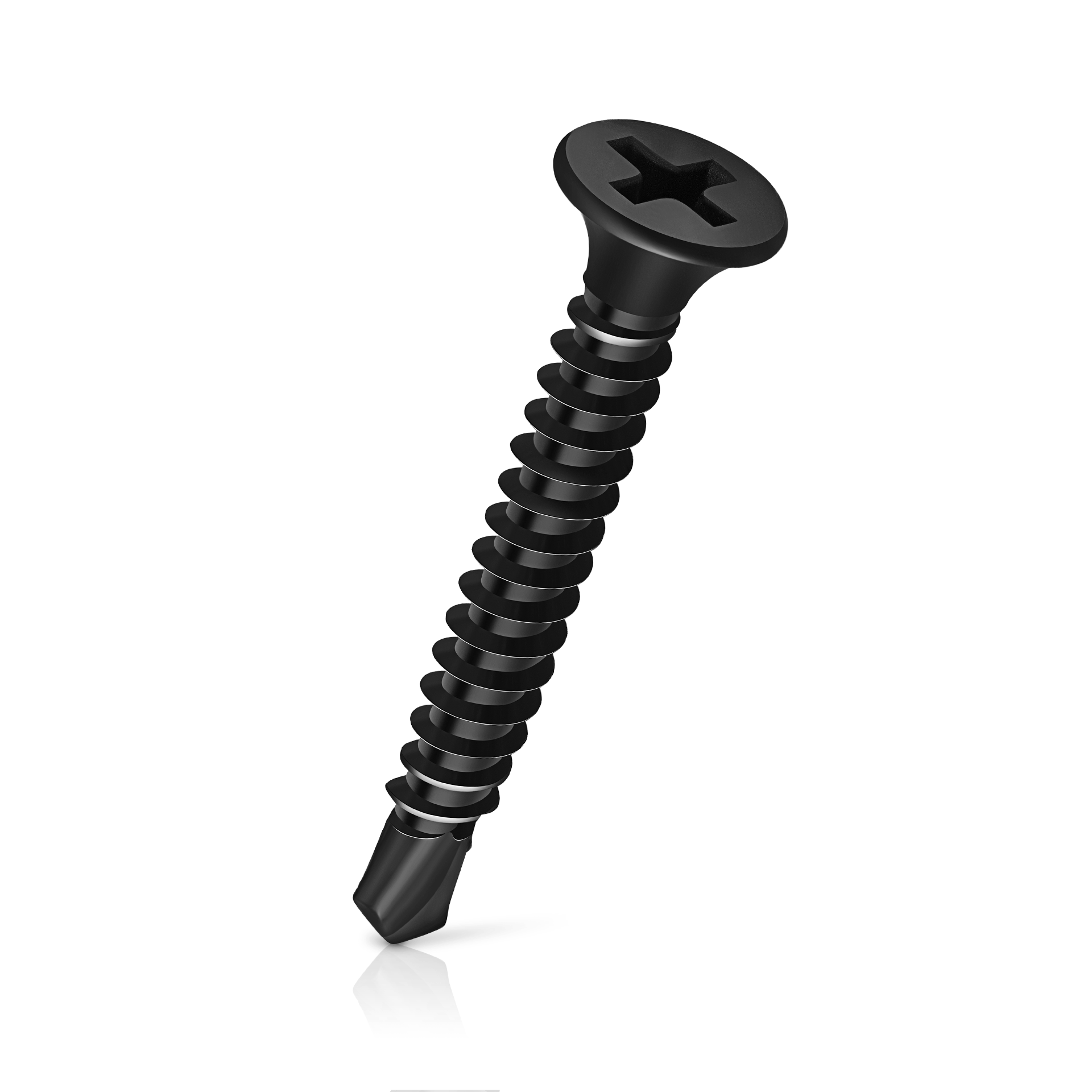1 月 . 20, 2025 02:44
Back to list
din125 plain washer flat washer
Spring washers and flat washers serve distinct purposes in mechanical applications, and understanding their differences can help in choosing the right component for a given project, boosting both effectiveness and efficiency. Here's an in-depth look at these washers, including their roles, benefits, and best-use scenarios that will enhance your product selection process through expert insights.
The decision between spring washers and flat washers should be grounded in practical evaluation of fastener performance requirements. Professionals with extensive experience in fastener technology recognize that design considerations – load conditions, environmental impacts, and lifecycle demands – should drive this choice. For instance, the spring washers are indispensable in aerospace applications due to their heightened reliability under stress, whereas flat washers might be preferred in architectural fixtures for their discreet and clean appearance. When integrating washers into a product, their installation and maintenance procedures also warrant attention. Spring washers must be installed correctly to exert the designed tension, requiring uniform tightening and regular inspection to ensure continued effectiveness over time. Flat washers, while less demanding in terms of installation, need to be compatible in material with the substrates they interface to avoid galvanic corrosion or wear. Authoritative voices in mechanical engineering and fastener applications emphasize the importance of harmonizing washer choice with overall design specifications. A deep domain knowledge can significantly impact longevity and performance, corroborated by case studies of failures attributable to improper washer selection. Trustworthy suppliers offer comprehensive data on washer characteristics, and their guidance can be pivotal in optimizing your fastening strategy. In summary, the decision between spring washers and flat washers combines elements of engineering best practices and material science. Selecting the correct washer not only ensures structural integrity and performance but also conveys a commitment to precision and expertise in component selection. By understanding the nuanced advantages and limitations of each type, you cultivate trust and authoritativeness in your application, ultimately enhancing your project's success and reliability.


The decision between spring washers and flat washers should be grounded in practical evaluation of fastener performance requirements. Professionals with extensive experience in fastener technology recognize that design considerations – load conditions, environmental impacts, and lifecycle demands – should drive this choice. For instance, the spring washers are indispensable in aerospace applications due to their heightened reliability under stress, whereas flat washers might be preferred in architectural fixtures for their discreet and clean appearance. When integrating washers into a product, their installation and maintenance procedures also warrant attention. Spring washers must be installed correctly to exert the designed tension, requiring uniform tightening and regular inspection to ensure continued effectiveness over time. Flat washers, while less demanding in terms of installation, need to be compatible in material with the substrates they interface to avoid galvanic corrosion or wear. Authoritative voices in mechanical engineering and fastener applications emphasize the importance of harmonizing washer choice with overall design specifications. A deep domain knowledge can significantly impact longevity and performance, corroborated by case studies of failures attributable to improper washer selection. Trustworthy suppliers offer comprehensive data on washer characteristics, and their guidance can be pivotal in optimizing your fastening strategy. In summary, the decision between spring washers and flat washers combines elements of engineering best practices and material science. Selecting the correct washer not only ensures structural integrity and performance but also conveys a commitment to precision and expertise in component selection. By understanding the nuanced advantages and limitations of each type, you cultivate trust and authoritativeness in your application, ultimately enhancing your project's success and reliability.
Latest news
-
Top Choices for Plasterboard FixingNewsDec.26,2024
-
The Versatility of Specialty WashersNewsDec.26,2024
-
Secure Your ProjectsNewsDec.26,2024
-
Essential Screws for Chipboard Flooring ProjectsNewsDec.26,2024
-
Choosing the Right Drywall ScrewsNewsDec.26,2024
-
Black Phosphate Screws for Superior PerformanceNewsDec.26,2024
-
The Versatile Choice of Nylon Flat Washers for Your NeedsNewsDec.18,2024
Related News










